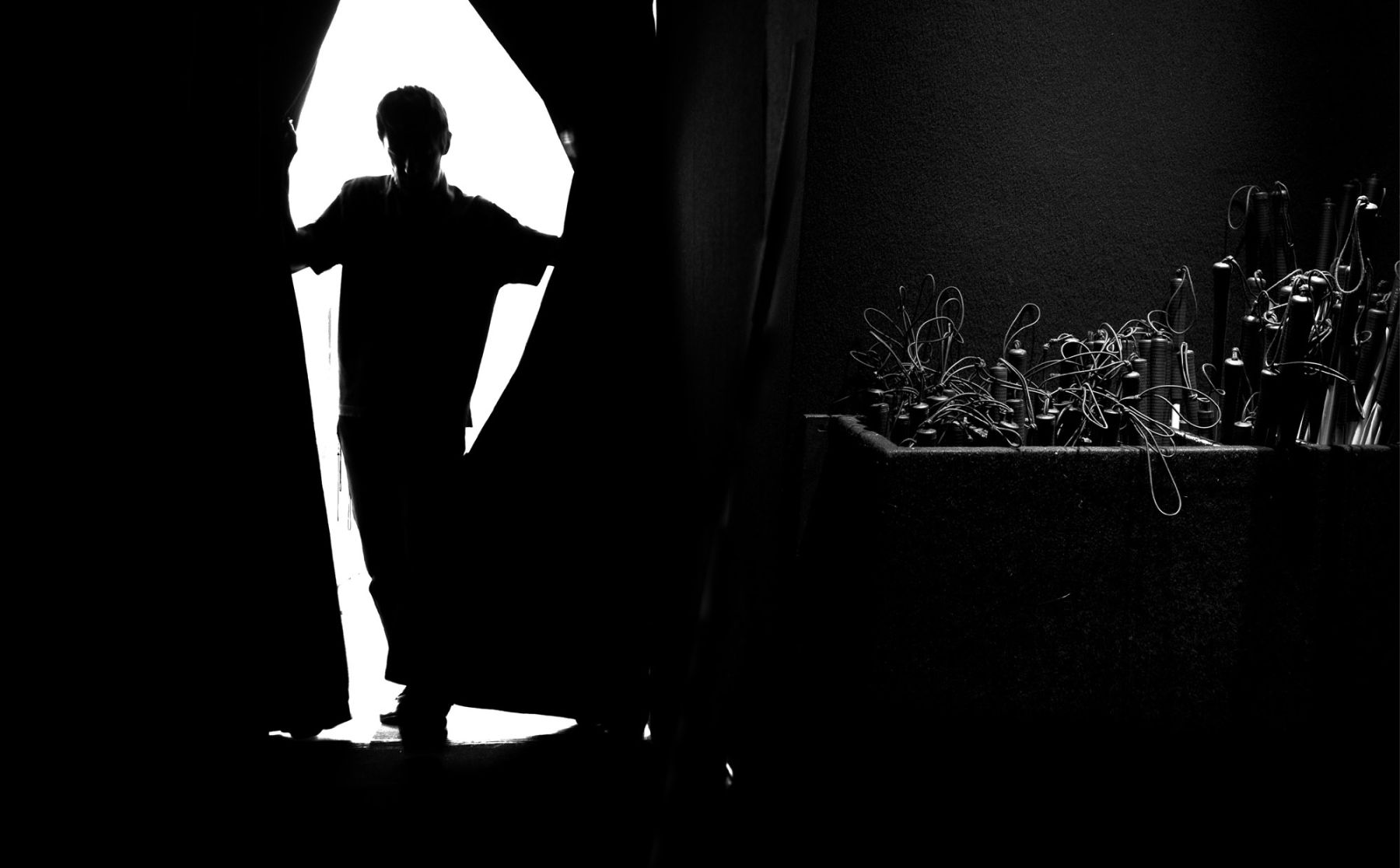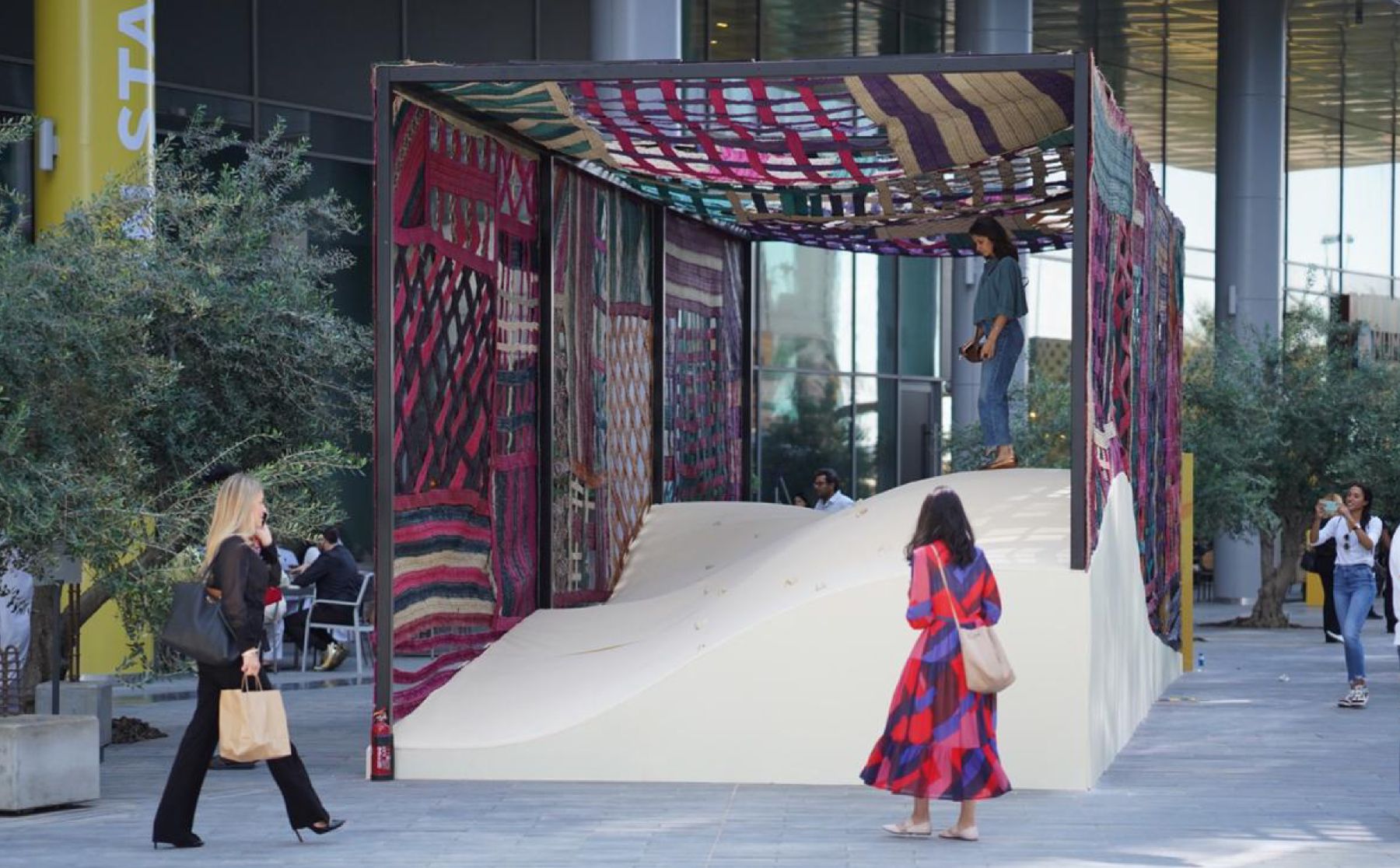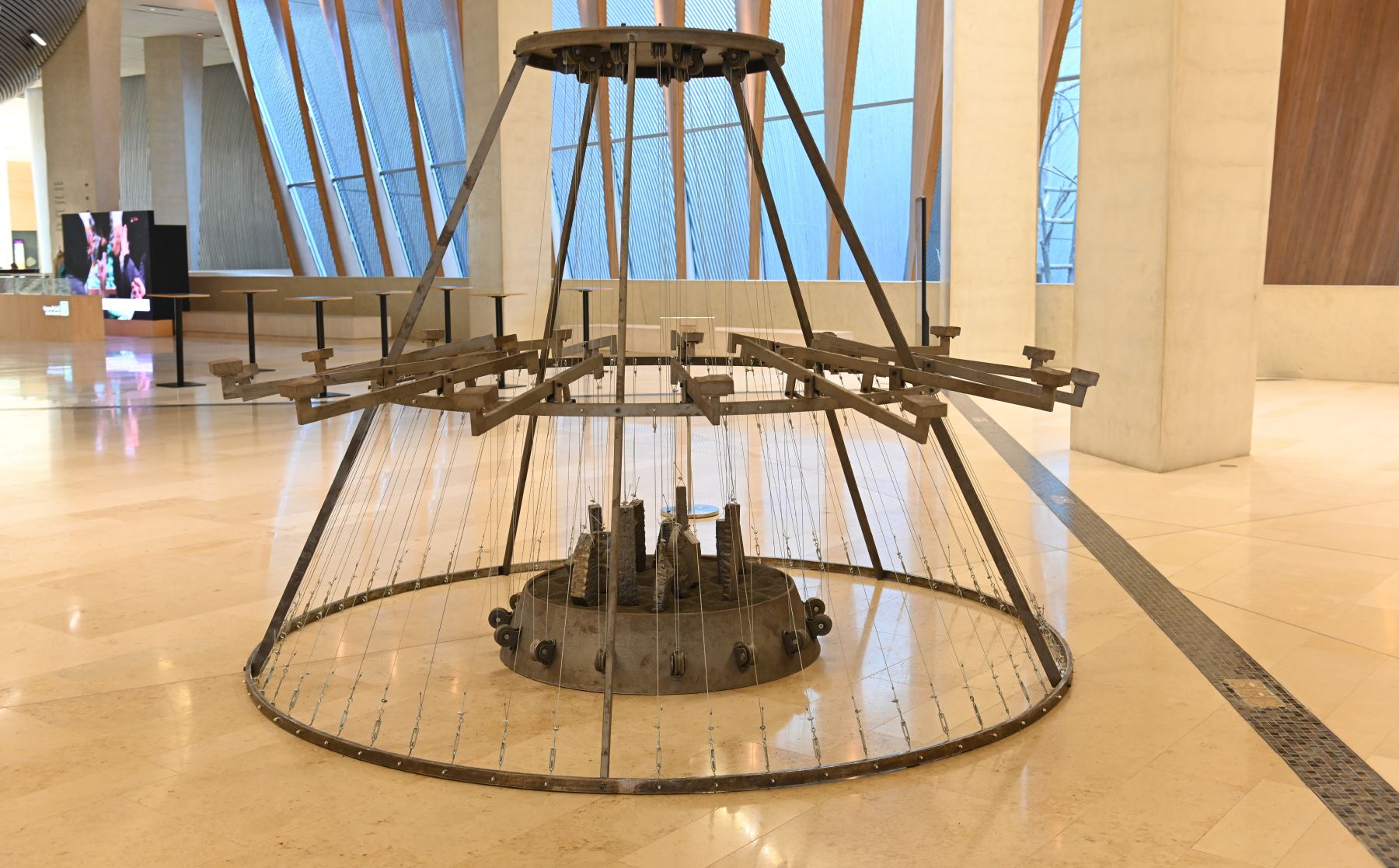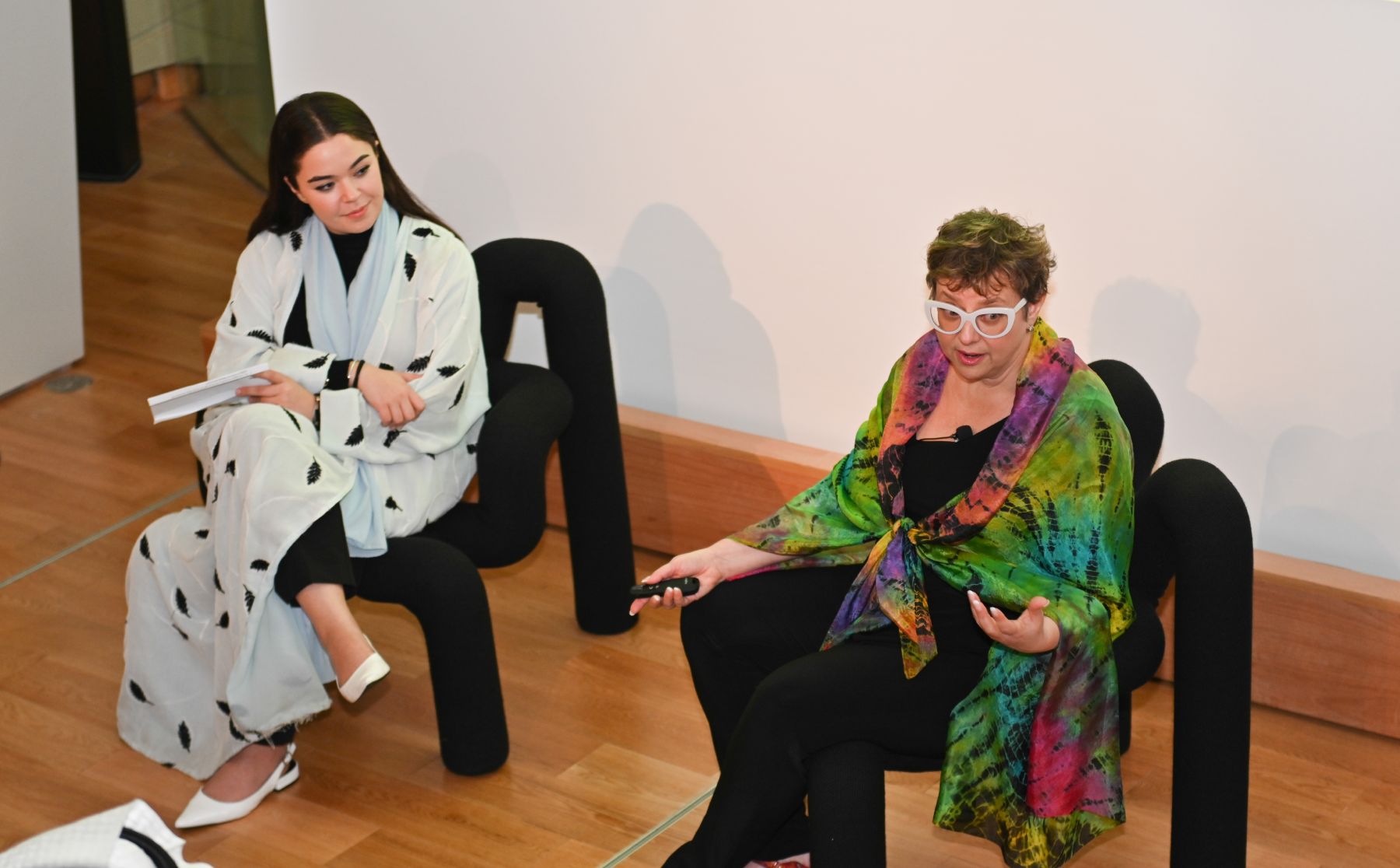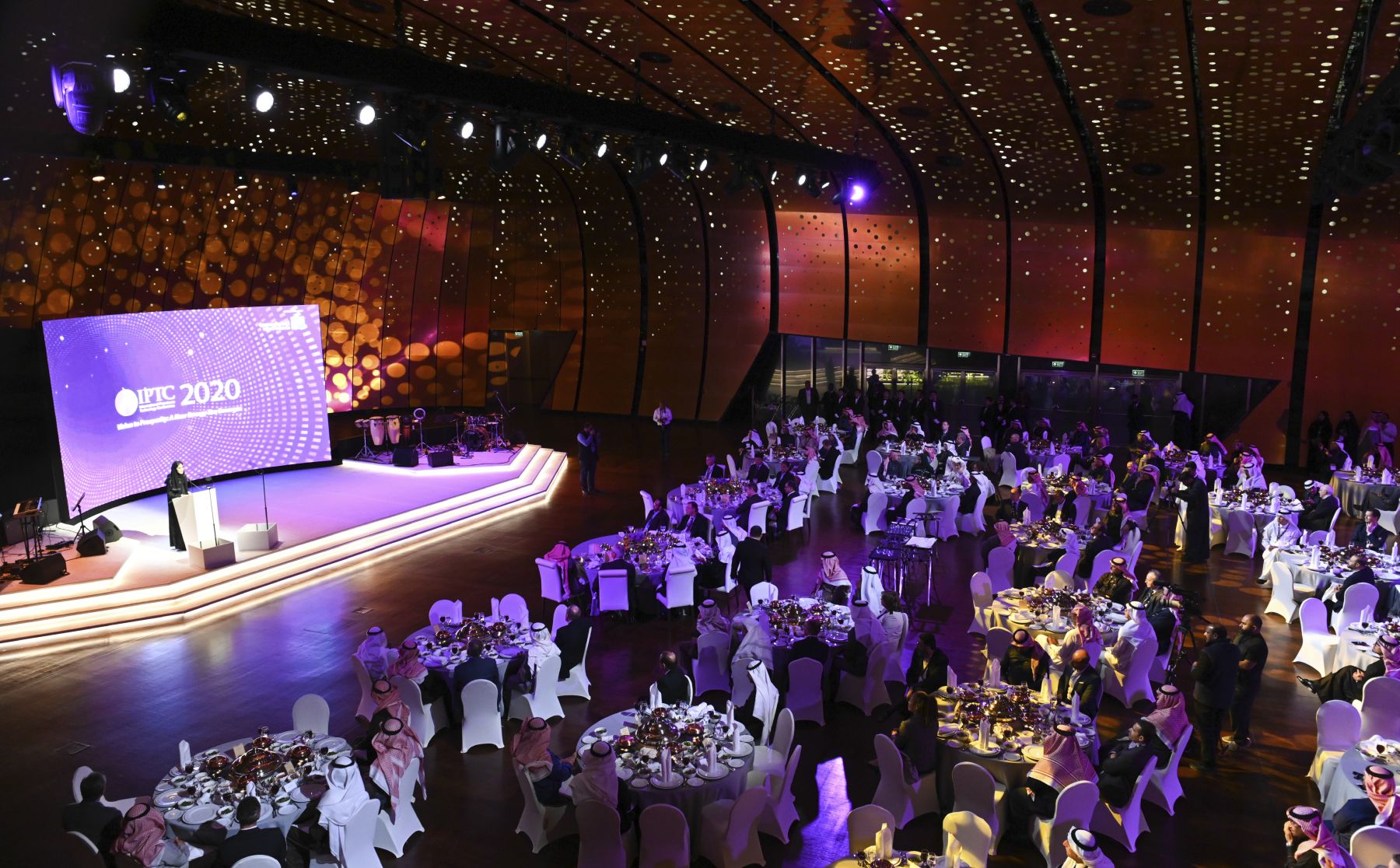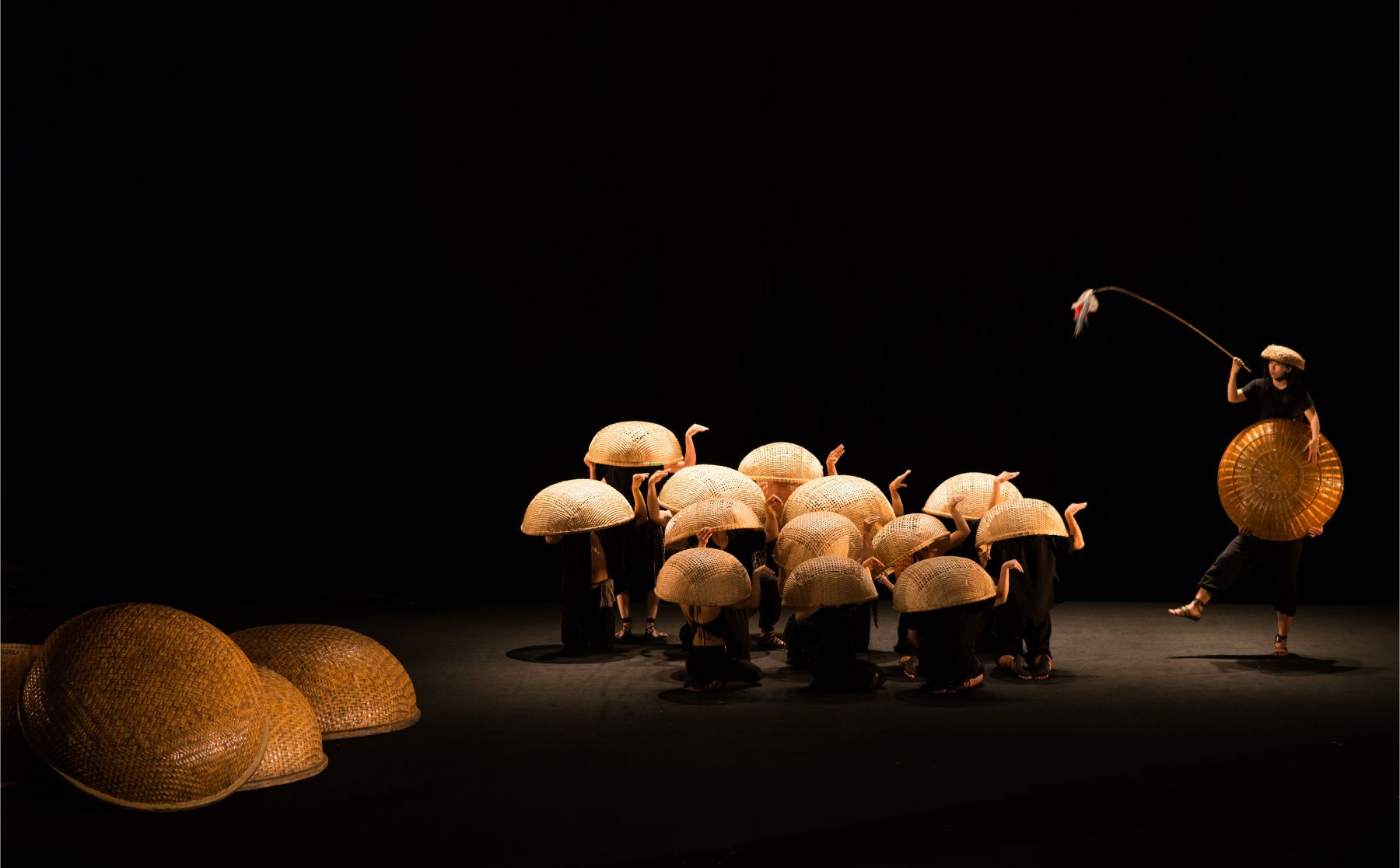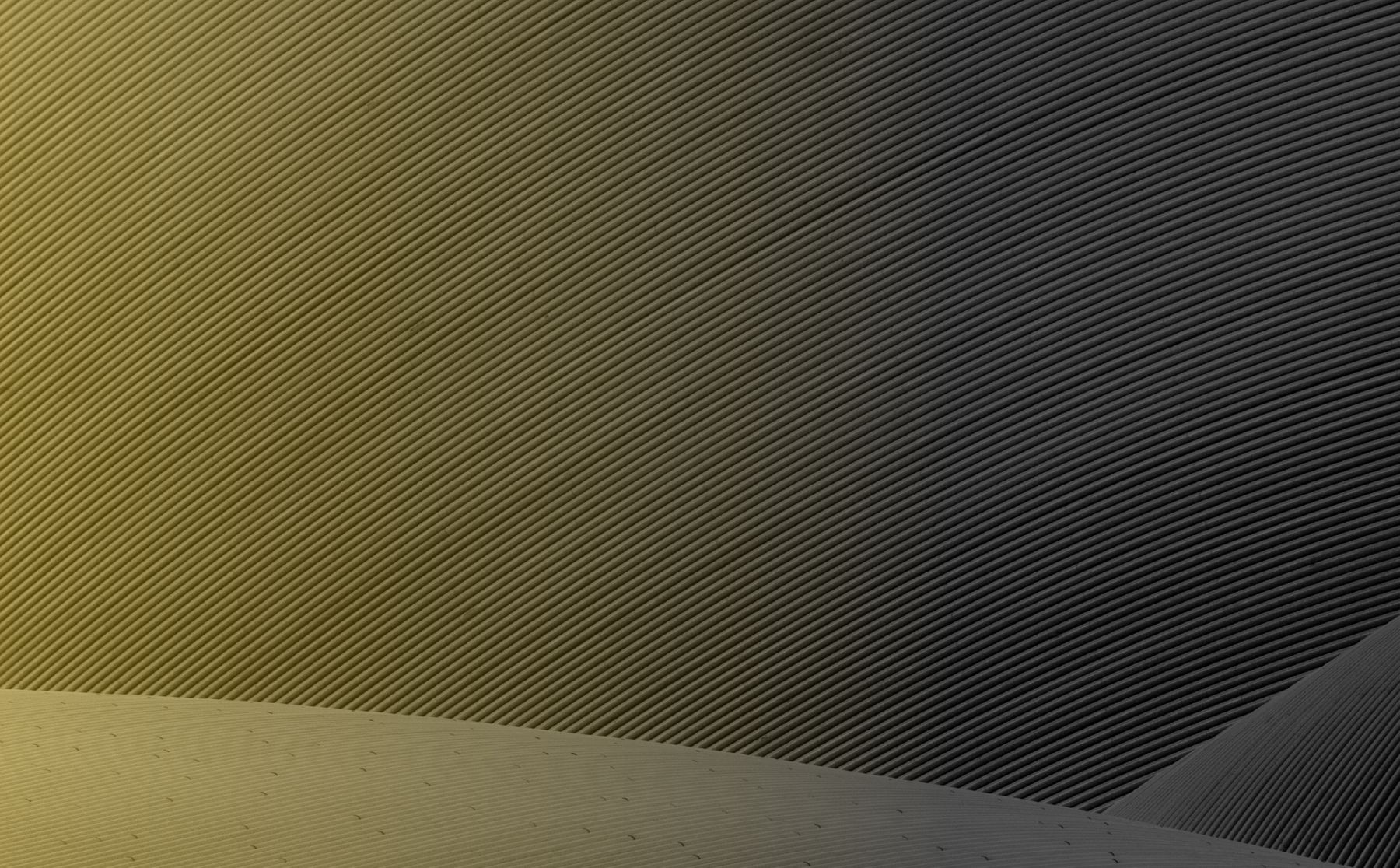We are closed and will open at 04:00 pm
Lulwah Al Homoud: Spirit, Word & Pen
Interviewed by Daniel Kany - 5 March 2020
On February 27, 2020, London-based Saudi artist Lulwah Al Homoud received the prestigious Rawabi Holding Award for her accomplishments in furthering Saudi-British cultural relations.
Al Homoud can be described both as a contemporary artist who works with calligraphy or as a calligraphy artist who makes contemporary art. She generally works with forms of letters or parts of letters to make 2D work that is minimal, high focus and oriented to systems logic. Al Homoud works with traditional tools such as brushes, ink, paint and paper, but she also uses graphic and digital tools to develop her vocabularies of forms or to execute her finished works. Her content is both intellectually conceptual and deeply spiritual. Any of her pieces can simultaneously take on a philosophical subject such as ontology, semiotic content such as how forms function as signifiers within a system, and all while reflecting her deeply-felt religious beliefs.
Al Homoud’s work is held in many international collections, including the British Museum, the Jeju Museum of Art in South Korea, and the Los Angeles County Museum of Art. She was featured in Ithra’s inaugural exhibition of contemporary art: Wasl – Beyond the Pen. From that show, Ithra acquired the artist’s Huwa Allah (He is God),a 2014 silkscreen that presents a systems-oriented axonometric grid of blue-hued geometrical forms set on a metallic gold ground, the start of a proud association between the artist and the Center
Ithra had sponsored Al Homoud’s project when she was selected to create a work for the Saudi Arabian pavilion at the 2018 London Design Biennale. A digital video installation set in mirrored rooms, Being and Existence featured intricate, radially symmetrical webs of fine lines — geometric symbols Al Homoud derived from the Arabic alphabet. She began creating this set of symbols from the belief that Arabic letters have proportions which represent mathematical codes. She used this set of underlying codes to break each letter down into its simplest possible components. These then became the building blocks for her new geometrical designs. For Al Homoud, the natural forms of geometry and pattern found in nature comprise a universal language. Her goal is to reflect and celebrate this universal language in her work.
Saudi Culture Minister Prince Badr bin Abdullah bin Farhan designated 2020 the Year of Arabic Calligraphy, so it seemed an excellent time to talk with Al Homoud about her work.
DK: How do you feel about winning the Rawabi Holding Award?
LA: It is simple to say I am honored. In fact, I have to work harder after this award. It is a responsibility. To be honest, I have never worked for recognitions or awards; I worked believing in the power of cultural connections. I did what I believed in and worked towards communicating a better understanding - of Saudi Arabian culture and I knew it was always something to be proud of.
DK: Please tell us about your involvement with Ithra.
LA: Ithra has always been a huge supporter. The King Abdulaziz Centre was a dream that came true when I heard about it in 2008. Ithra has supported me not just as an artist but also as a curator. They sponsored the Saudi Arabian Pavilion in Expo Shanghai 2010 on which I worked as well as a Saudi art exhibition at Duolon Museum of Modern Art that I co-curated. I cannot describe my feelings during the London Design Biennale when my work was overwhelmingly positively received by the Ithra team. I felt blessed.
DK: How has your work changed over the past few years?
LA: My work has certainly evolved throughout the years. Geometry and calligraphy have remained the subjects through which I express my spirituality. I have learned to work in new mediums. My work has become more complex in terms of composition and production but it has remained minimal in colour and elements. I believe that when you are concerned with the art of the soul, you are actually set free from the place and the moment you live in. I like to express eternal ideas and principals.
DK: Tell us about how you see the relationship of calligraphy/art/craft/design?
LA: Calligraphy has everything needed to exist as an artwork or a piece of design. It has beauty, proportions and skill. I think calligraphy needs to be part of any art and design education. This does not mean that every art student needs to be a professional calligrapher, but they should understand its rules and evolution.
DK: Tell us about the relationship between your process of the making the work and the viewer’s experience of it.
LA: None of my work is easy to read. It is in fact a visual expression that offers an invitation to unravel its meanings through different dimensions. This is what we do in life. We try to make sense of it through reflection, don't we?
DK: Proportions and the construction of written language appear as elements of your content: Can you tell us about that?
LA: Yes, construction as well as deconstruction. The majority of my work is not classical or traditional. Language has infinite meanings and sometimes abstraction of the written language leads you to focus on the beauty of a new composition that you are not used to and that makes you experience the meaning as if you were hearing it for the first time.
DK: You titled one of your exhibitions “ontology.” This is a keystone of traditional Western philosophy – the philosophy of being. How does this relate to your work?
LA: I am very much interested in philosophy as I have studied both sociology and philosophy, but I do not intend to delve deeper into the philosophy aspect. When I express the notion of “Being,” it is looked at from my own perspective of belief and that is the Unity of God.
DK: You use systems logic but began with calligraphy. How has your art evolved along these lines?
LA: In the end, I am an artist. I allow myself freedom of expression. I use systems based on letters and numbers. I think of each letter as a code. When letters are constructed as words, they suggest meanings. In my systems, I make new codes where meanings are restricted, and the beauty of the compositions is emphasized.
DK: Is there an Eastern logic within your work? I see the visual logic of the mandala and sense a call to spiritual meditation, but this is also true of Western modernist abstraction.
LA: You will find a link between different cultures. Spiritual art has the same fundamentals, I guess. It is usually abstract. Modern Western abstract art corresponds to Islamic art ideas and principals. Kandinsky’s 1926 book, Point and Line to Plane, for example, has the same principles found in Islamic geometry. It is because these ideas are universal.


